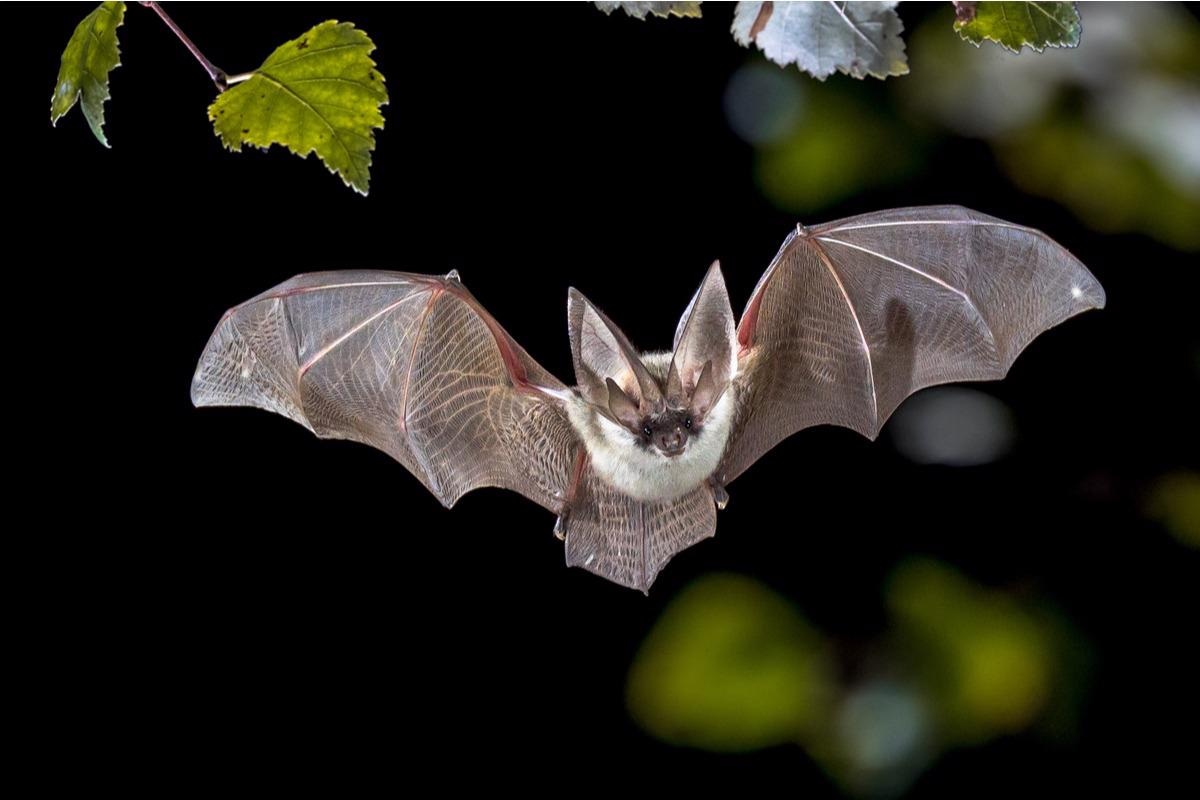The majority of zoonoses originate from human-wildlife interactions and they can have devastating consequences on lives and livelihoods, as demonstrated by the coronavirus disease 2019 (COVID-19) pandemic.
The impact of deadly zoonotic diseases is disproportionately more severe in low and middle-income countries, and this could be due to several reasons, such as rapid human population growth, limited infrastructure, and/or greater dependence on animals and agriculture for livelihoods.
 Study: Surveillance for potentially zoonotic viruses in rodent and bat populations and behavioral risk in an agricultural settlement in Ghana. Image Credit: Rudmer Zwerver/Shutterstock
Study: Surveillance for potentially zoonotic viruses in rodent and bat populations and behavioral risk in an agricultural settlement in Ghana. Image Credit: Rudmer Zwerver/Shutterstock
In Ghana, the extensive use of land for agricultural purposes has resulted in fragmented forest landscapes, thereby, raising the interactions between humans, domestic animals, and wildlife.
In a new study, currently posted to the Research Square preprint* server while under consideration for publication at the BMC One Health Outlook journal, researchers investigated viruses in bats and rodents – key reservoir hosts for zoonotic viral pathogens, in a small agricultural community in Ghana.
Background
Wild animals play hosts and/or act as reservoirs for emerging pathogens, and, therefore, are crucial in shaping disease dynamics. Certain species within the orders of Chiroptera and Rodentia have been increasingly recognized as important evolutionary hosts of emerging viral zoonoses. In fact, bats have been increasingly adapting to peri-urban and urban environments and large bat roosts near centers of high human activity are not uncommon in Africa.
In Ghana, bats are used for food and are also common in the bushmeat value chain. They also provide ecosystem services such as seed dispersal, pollination, etc. Rodents could also house a wide range of zoonotic pathogens of public health, including hantaviruses and arenaviruses. Like bats, rodents are diverse and well-adapted to peri-urban environments.
Approximately 46% of the Ghanaian population is engaged in agriculture and the rural communities are at a high risk of pathogen spillovers. Increased anthropogenic pressures have led to increased contact between people and animals. In these settings, there is a critical need to decrease the risk of exposure to potentially zoonotic pathogens.
A new study
Data on viruses detected in bats and rodents and behavioral information on human-wildlife contact were collected between February 2017 and December 2018, in two adjacent villages in the Bono East Region of Ghana. The residents are primarily small-scale farmers who rely on crop and livestock production and to a lesser degree on hunting for their livelihoods.
Researchers administered questionnaires among the local community members with the aim of learning about people’s awareness and perceptions of zoonotic disease risks. They also sought to learn more about their awareness of the environmental factors that might influence pathogen transmission from wildlife.
Findings
Scientists were able to detect RNA from paramyxoviruses and coronaviruses in rodents and bats. In fact, this is the first study that reports the presence of paramyxoviruses in rodents in Ghana. Novel paramyxoviruses were detected in six Deroo’s mice (Praomys deroo in the family Muridae).
Researchers were also able to recover sequences from novel viruses with unknown zoonotic potential, further highlighting the potential risks of such spillovers. During the rainy season, the samples collected from Epomophorus gambianus bats were more likely to be positive for coronavirus RNA. This is the time when a larger number of young susceptible individuals are present in the population.
Among the respondents, almost all individuals mentioned having contact with wildlife in and around their homes and in the agricultural fields. The respondents specifically mentioned bats, rodents, and non-human primates. An important finding was that more than half of the participants were not aware of any zoonotic disease risks associated with their close proximity to animals. This revealed a significant lack of awareness and to address this issue, researchers organized community education campaigns focused on living safely with bats and rodents.
Concluding remarks
In summary, the present study contributed to the existing literature by detecting RNA from known and novel coronaviruses in bats and from novel paramyxoviruses in bats and rodents. The study was conducted in peri-domestic and agricultural settings in Ghana. Researchers mentioned that the zoonotic potential and public health risk of these viruses are currently unknown and more research is required to gain a deeper understanding of the potential risks.
The study revealed a high level of interaction between humans and wildlife, largely driven by livelihood activities. The problem is compounded by a lack of awareness about the risks posed by zoonotic viruses. Future research could further explore the ecology of these viruses, their zoonotic potential, and the human-bat and human-rodent interactions. The outcome of the research could inform policies for communities to mitigate the risk of zoonotic spillover.
*Important notice
Research Square publishes preliminary scientific reports that are not yet peer-reviewed, and therefore, should not be regarded as conclusive or treated as established information.
- Suu-Ire, R. et al. (2022) Surveillance for potentially zoonotic viruses in rodent and bat populations and behavioral risk in an agricultural settlement in Ghana. Research Square. doi: https://doi.org/10.21203/rs.3.rs-932740/v1 https://www.researchsquare.com/article/rs-932740/v1
Posted in: Medical Research News | Medical Condition News | Disease/Infection News
Tags: Agriculture, Coronavirus, Coronavirus Disease COVID-19, covid-19, Education, Food, Pandemic, Pathogen, Public Health, Research, RNA, Zoonosis

Written by
Dr. Priyom Bose
Priyom holds a Ph.D. in Plant Biology and Biotechnology from the University of Madras, India. She is an active researcher and an experienced science writer. Priyom has also co-authored several original research articles that have been published in reputed peer-reviewed journals. She is also an avid reader and an amateur photographer.
Source: Read Full Article
